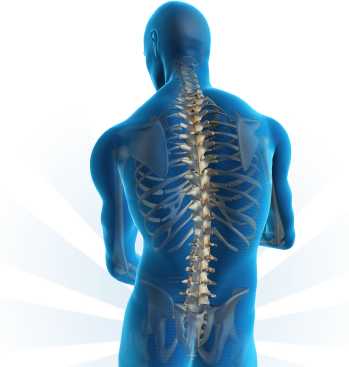Physicians like Hippocrates and later Galenus are believed to have been the first practitioner of physical therapy, advocating massage, manual therapy techniques and hydrotherapy to treat people in 460 BC. After the development of orthopedics in eighteenth century, machines like Gymnasticon were developed to treat gout and similar diseases by systematic exercise of the joints, similar to later development in physical therapy.
The earliest documented origins of actual physical therapy as a professional group cafe back to Per Hennk Ling ''Father Of Swedish Gymnastics'', who founded the Royal central institute of Gymnastics in 1813 for massage, manipulation, and exercise. The Swedish word for physical therapist is sjukgymnast = someone involved in gymnastics for those who are ill. In 1887, PTs were given official registration by Sweden's National Board Of Health And Welfare.
Other countries soon followed. In 1894 four nurses in Great Britain formed the Chartered Society of Physiotherapy. The School of Physiotherapy at the University of Otago in New Zealand in 1913, and the United States in 1914 Reed College in Portland, Oregon, which graduated ''reconstruction aides''.
Modern physical therapy was established in Britain towards the end of 19th century. Soon following American orthopedic surgeons began treating with disabilities and began employing women trained in physical education, massage, and remedial exercise. These treatments were applied and prompted further during the Polio outbreak of 1916. During the First World War women were recruited to work with and restore physical function to injured soldiers, and the field of physical therapy was institutionalized. In 1918 the term ''Reconstruction Aide'' was used to refer to individuals practicing physical therapy. The first school of physical therapy was established at Walter Reed Army Hospital in Washtington D.C. following the outbreak of World War 1.
Research catalyzed the physical therapy movement. The first physical therapy research was published in the United States in March 1921 in ''The PT review''. In the same year, Mary McMillan organized the Physical Therapy Association ( now called the American Physical Therapy Association (APTA)). In 1924, the Georgia Warm Springs Foundation prompted the field by touting physical therapy as a treatment for polio.
Treatment through the 1940s primarily consisted of exercise, massage, and traction. Manipulative procedures to the spine and extremity joints began to be practiced, especially in the British Commonwealth countries, in the early 1950s. Later the decade, physical therapists started to move beyond hospital-based practice to outpatient orthopedic clinics, public schools, colleges/universities , healthcentres, geriatric settings ( skilled nursing facilities), rehabilitation centers and medical centers.
In 1921 in the United States physical therapists formed the first professional association called the American Women's Physical Therapy Association. This gave birth to what is known as the APTA ( American Physical Therapy Association), and currently represents approximately 76,000 members throughout the United States. The APTA defines physical therapy as; ''clinical applications in the restoration, maintenance, and promotion of optimal physical function''.
Specialization for physical therapy in the U.S occurred in 1974, with the Orthopedic Section of the APTA being formed for those physical therapists specializing in orthopedics. In the same year, the International Federation of Orthopedic Manipulative Physical Therapists was formed, which has ever since played an important role in advancing manual therapy worldwide..jpg)


.jpg)
